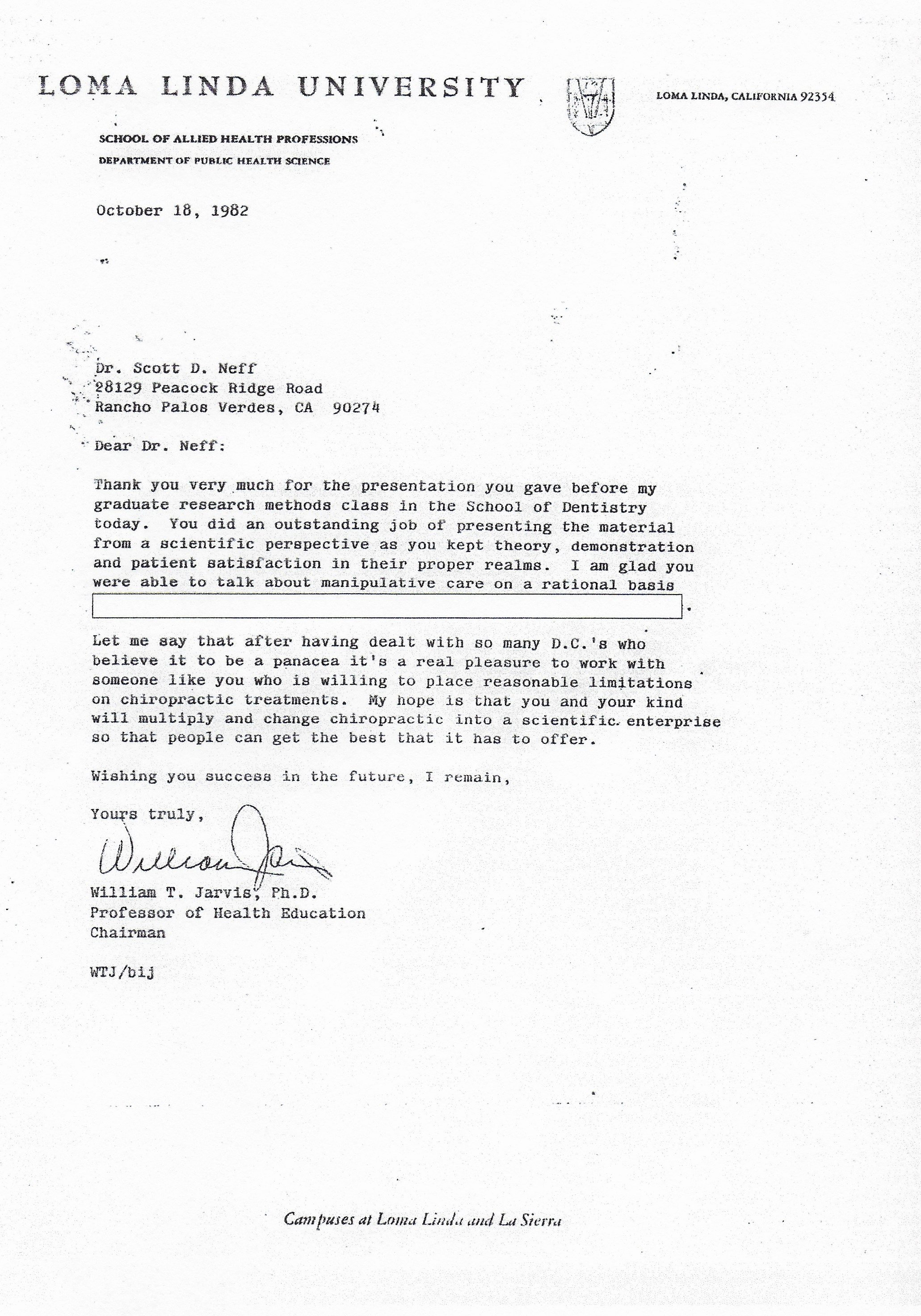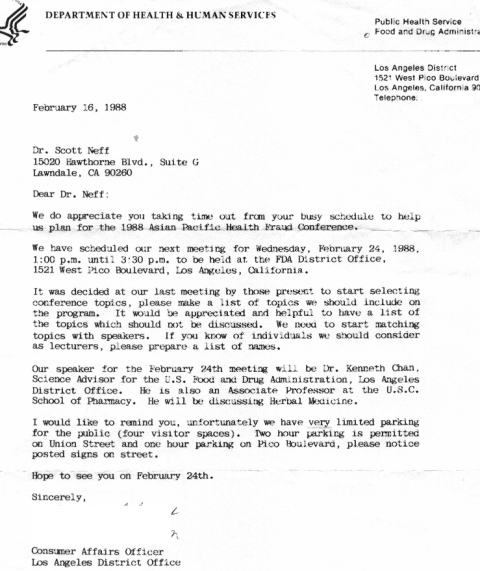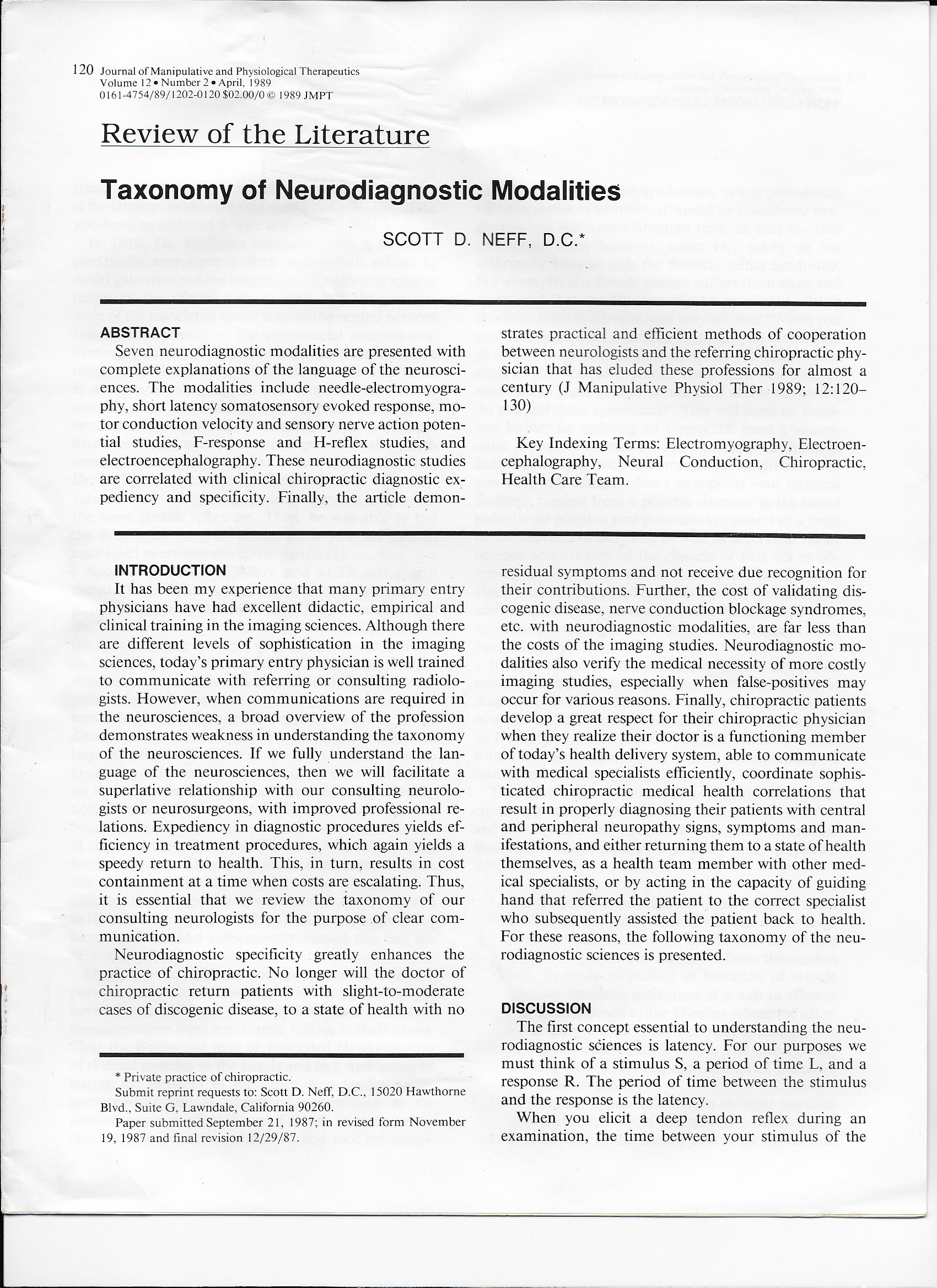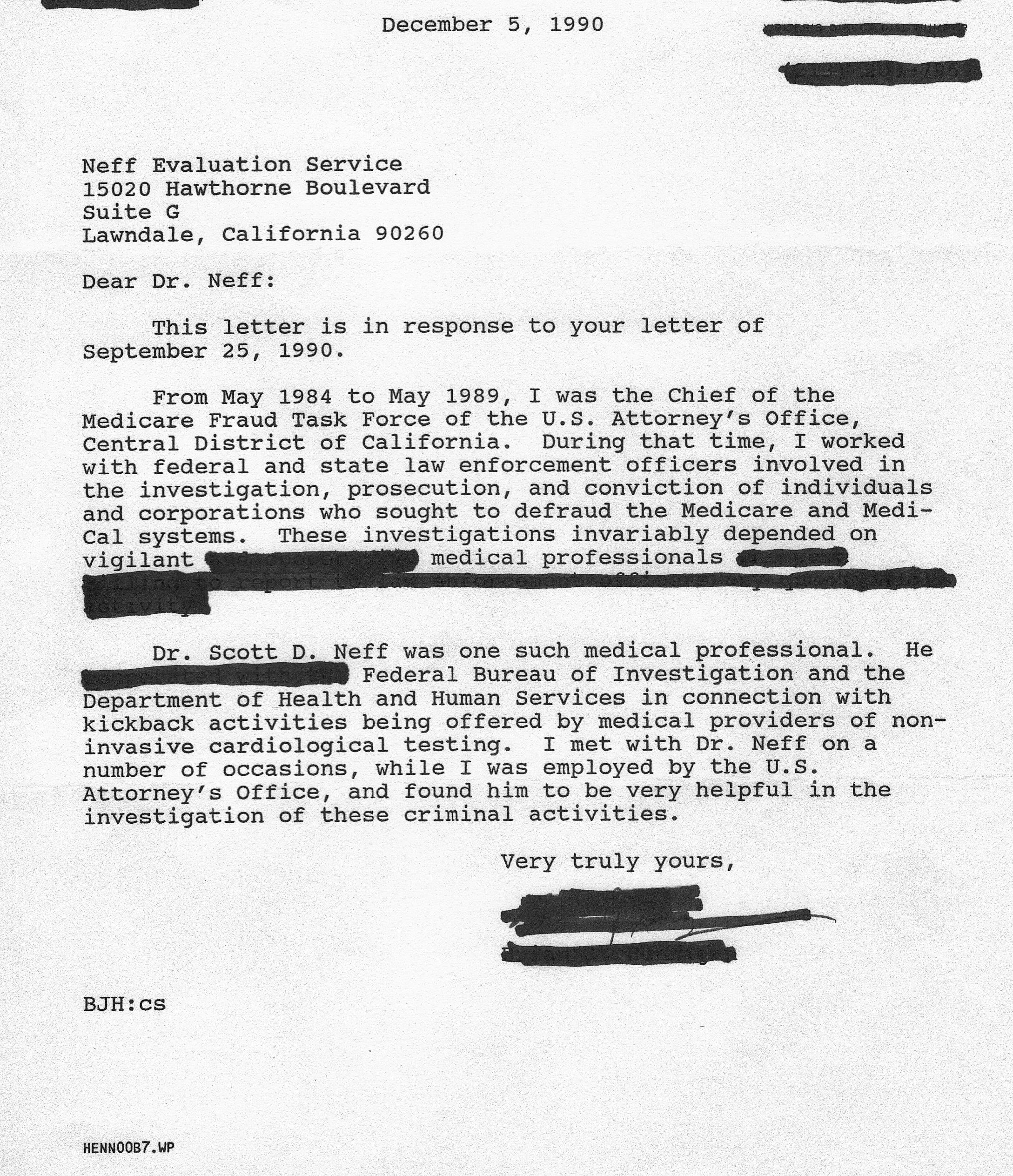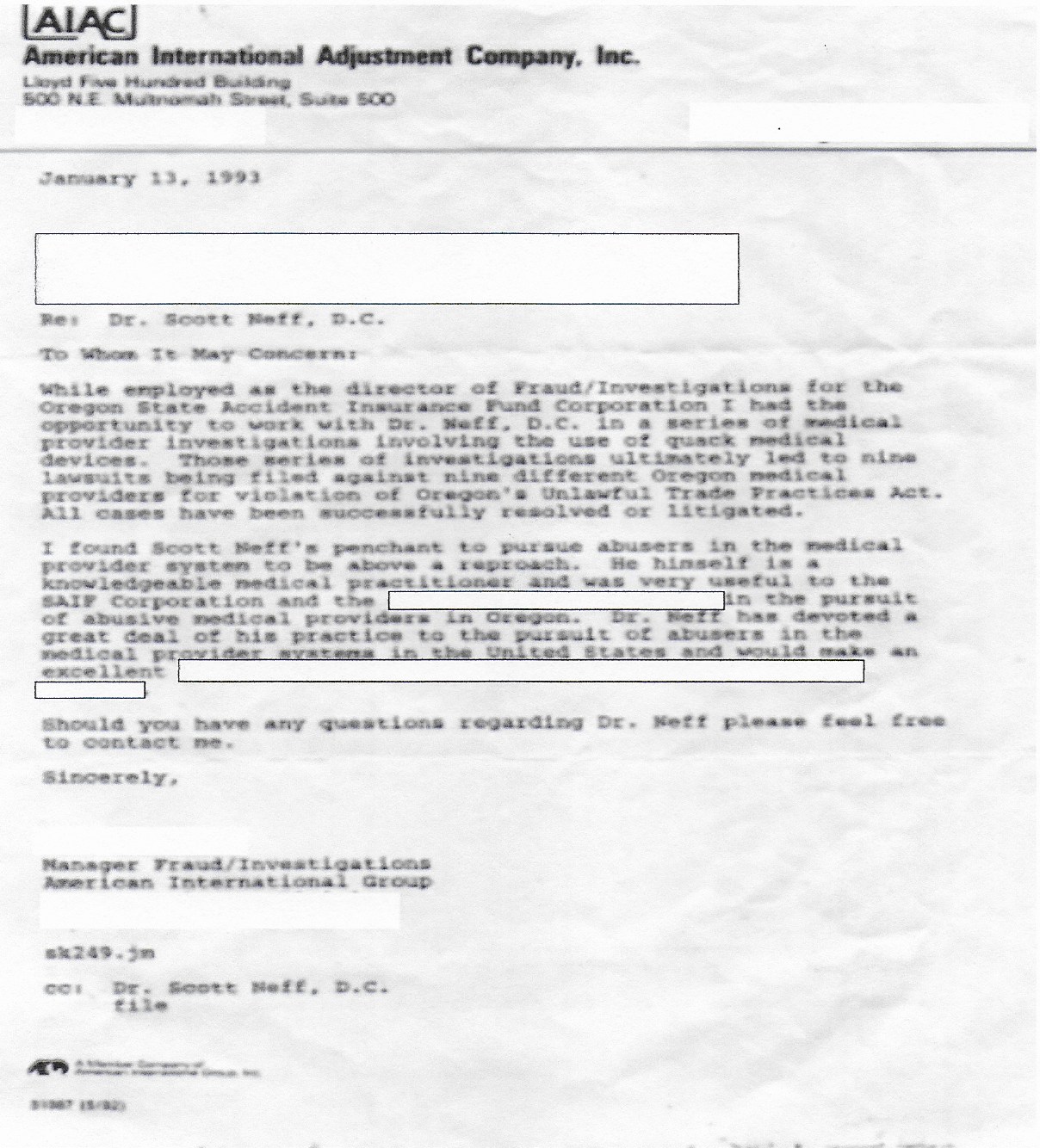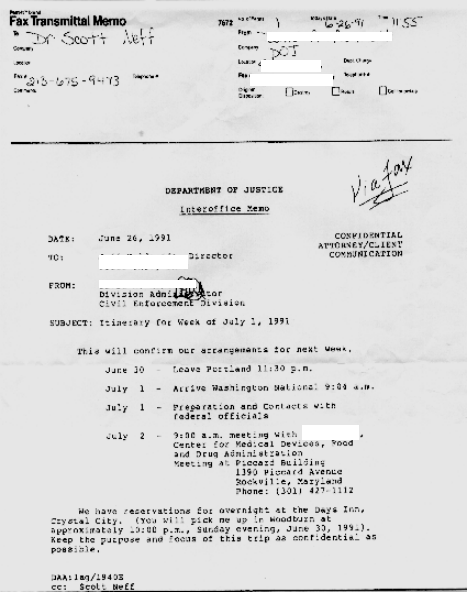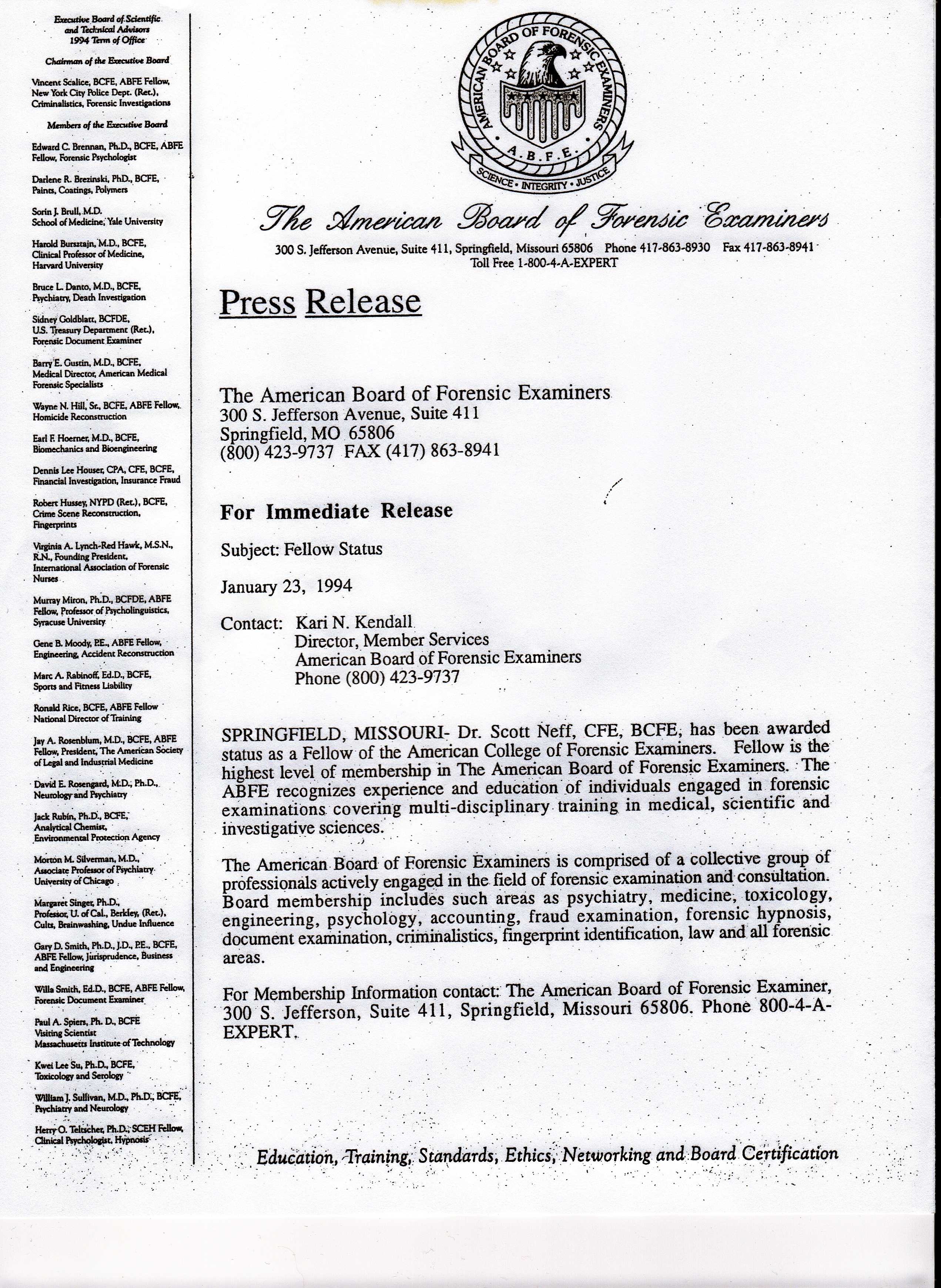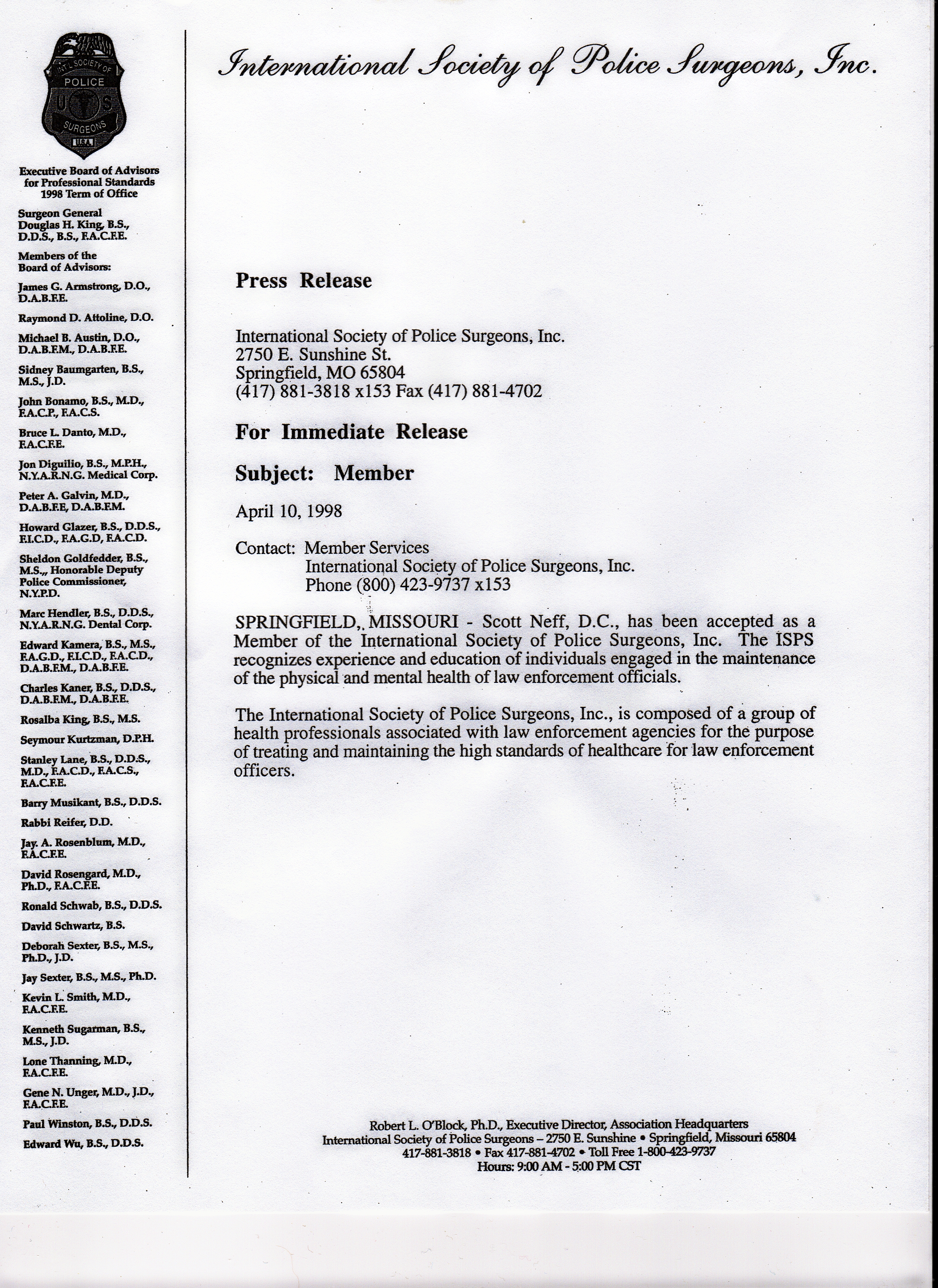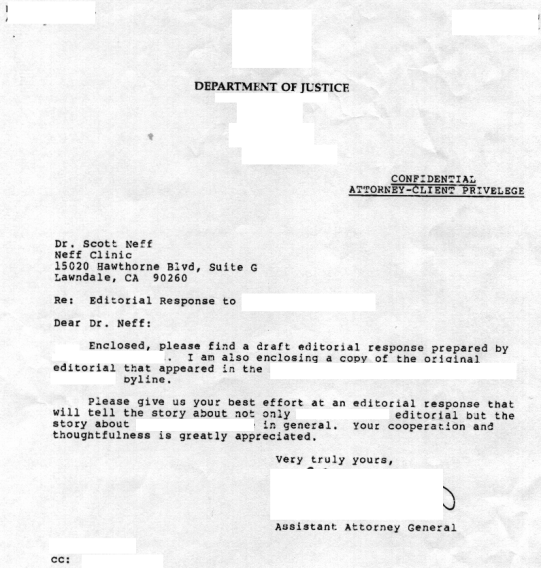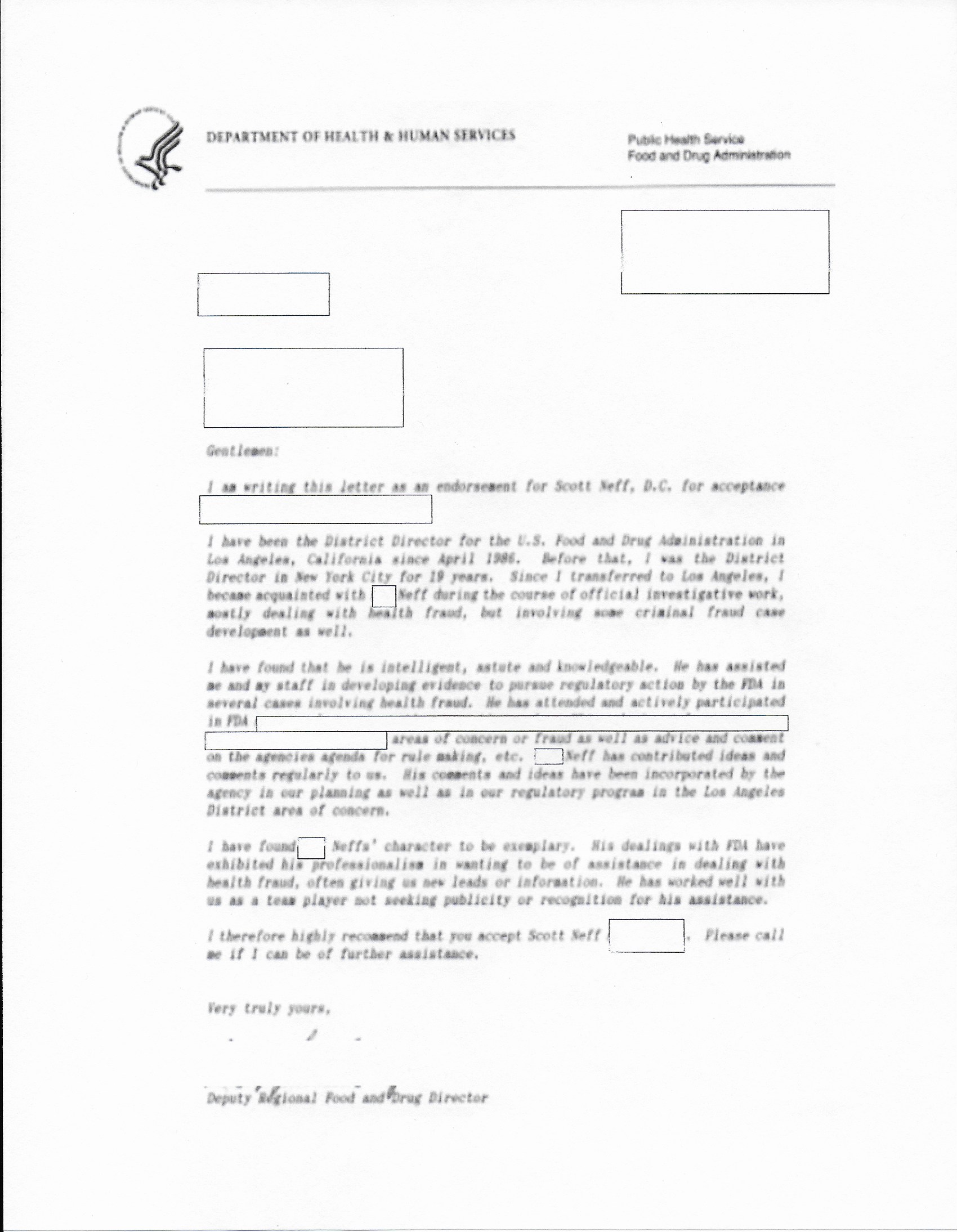The
publication has been established as a reliable authority by the
testimony or admission of the witness or by other expert testimony or by
judicial notice.
If admitted,
relevant portions of the publication may be read into evidence but may
not be received as exhibits.
Decisive
evidence forms the unique compulsion of those in attendance to focus on
testimony or the evidence. In the case of Anderson v. Karras, decisive
evidence again can be found relative to an elevator accident. Just
prior to the accident the plaintiff, a sea captain, had just been
confined to an institution for alcoholism just prior to the accident.
After being released he began living at a hotel which in this case is
the defendant. One morning, after hearing it arrive, he opened the door
and stepped in. Suddenly he was sitting in two or three feet of water
in the basement, four floors below. After being treated in the
emergency room of a nearby hospital, he was taken to the Marine Hospital
where his mutilated leg was amputated below the knee, the ankle of the
other was medically braced, as well as receiving treatment for two
compression fractures of vertebral bodies. He would never work again.
At the trial it also became clear to the jury that if they awarded him a
large settlement, it would not take long for him to drink the money
away, so the court appointed a guardian to administer whatever
compensation he might receive.
In cases like
this the law usually assumes that the plaintiff’s own negligence either
caused or substantially contributed to the accident, unless the
plaintiff proves otherwise. This is do to the fact that no apparent
defect in the machinery was introduced, there was neither danger in the
immediate area nor any witnesses. Thus the plaintiff’s attorney set out
to prove that the lock on the elevator door had not functioned
properly. His reasoning was the door to the elevator would not have
opened, nor open at another floor. The attorney had an exact replica of
the elevator door lock constructed and brought it into the courtroom.
They also presented photographs of the lock and had them enlarged to 30
by 60 inches so that each juror could follow the explanations of the
lock experts who described how the lock functioned. In addition to
these items, the plaintiff’s attorneys also had a model elevator shaft
constructed to show the distance the plaintiff fell, and they took
photographs of his amputated leg and brought a human skeleton into the
courtroom to explain the severity of his injuries and of course pain and
suffering.
The defendant
owner of the hotel’s attorneys produced a full-sized model of the
telescoping door of the elevator car. This was to demonstrate that the
plaintiff was guilty of contributory negligence in that he should have
realized there was no elevator at his floor since there were no lights
in the shaft and no telescoping door to open.
The
plaintiff’s attorneys argued that they were prepared to introduce a
psychiatric test that had been given to the plaintiff before his release
from the alcoholic treatment center. This test contained a series of
twenty sets of pictures with each set showing four related activities or
items. The person taking the test was to cross out the one activity or
item in each set that was illogical or contrary to normal procedure.
Among other things, the plaintiff correctly had crossed out pictures of
a man looking down the barrel of a gun with his finger on the trigger.
He further identified a man riding a camel backwards. The point being
that “a man who has enough sense not to look down the barrel of a gun
with someone’s finger pulling a trigger, or not take a camel ride
backwards, certainly would have enough sense to not step into an open
elevator shaft, unless something was wrong. The contended that the lock
on the elevator door malfunction.
The jury
finally awarded the plaintiff $61,000.000. It4 was stipulated that due
to his alcoholism, or change of continuing alcoholism, he was not award
special damages and no compensation for lost wages.
The next case
exemplifies how decisive evidence relative to another amputation case
changed a so-called excessive award of $65,000 at the first trial to an
award of $100,000 at a second trial, which had been called for by the
defense in order to reduce the original award.
Market Street
in San Francisco used to have four sets of streetcar tracks. Passengers
had to be very careful when existing the streetcar on the inside tracks
for fear of being struck by streetcar traveling down the outside
tracks. A Navy Commander’s wife exited the inside tract and fell under
the wheels of a streetcar passing on the outside tract. The wheels
amputated her right leg below just proximal to the knee.
Since the same
company owned both sets of tracks and the company had failed to provide
a safe place for passengers exiting on the inside of the streetcar, the
Judge ruled in favor of the plaintiff. Legally, she was then entitled
to a verdict in the trial, which gave the defense no grounds to move,
that the suit be nullified. The Jury awarded the plaintiff.
$65,000. And the
defense moved for and received a new trial on the grounds that $65,000
was an excessive award for loss of a lower limb.
During the
second trial, the defense argument was that due to modern scientific
design of artificial limbs and the subsequent effective methods of
training amputees that the amputee employing such a modern artificial
limb could now do practically anything that a person with normal limbs
could. Therefore, the amount of money awarded to the plaintiff for
“pain and suffering” was excessive. The jury was very impressed.
At the
beginning of the trial the plaintiff’s attorney brought into the
courtroom a “long cylindrical object wrapped in yellow butcher paper.”
He placed it on the table and left it there. Periodically he would move
it to the front or to the side of the table, and once he picked it up
and put it on one of the courtroom seat. Everyone was naturally very
curious as to what was wrapped in the butcher paper. However, the
attorney volunteered no information. During his closing argument, he
slowly unwrapped the object and brought out the modern artificial limb
exactly like the type now worn by the plaintiff. He handed it to the
jury so that each one of them could inspect it carefully and said, “This
is what a young girl will wear for h rest of her life, this marvelous
scientific invention. You have never seen such a beautiful leg. Won’t
you take it and pass it amongst the jurors and, as you do, feel the
warmth of life in the soft tissue of its flesh, note the pulse beat of
the blood as it courses through the veins. Feel the marvelous knee
joint and touch the muscle of the calf. Don't ’be alarmed by all of the
laces, and harnesses, and strapping, and the creaking of the metal. My
client is no longer frightened. She must wear this for the rest of her
life in exchange for that limb, which, while it may be only a flesh one,
was given to her as she started this life, and which, she should have
worn for the rest of her life.” The plaintiff was sitting in plain view
of the jury during the closing statement. Just under twenty-five
minutes later each member of the Jury had inspected the artificial
limb. Then it was passed to the judge. They were all convinced. Due
to the decisive and clearly comprehensible evidence
the verdict was for $100,000. The defense moved that a new trial be
held because they felt that the award was excessive, however them motion
was denied. The Judge had seen enough and was convinced as well. This
is an excellent example of decisive evidence, which made this case stand
the test of judicial review.
The examples
thus far clearly illustrate how effectively decisive evidence can be
used in cases involving civil liability and damage suits. There is
hardly a case in which some kind of decisive evidence cannot be used.
The main factors that determine how good an Agent or investigator is in
finding and developing widely varying kinds of decisive evidence are
their own imagination and their knowledge of what constitutes good legal
evidence.
In part three
“The Investigation of Civil Cases” this examiner will continue with
further examples of Justice through Science and the principals which
will make your case stand the test of Judicial Review.
by Dr. Scott D Neff
DC DABCO ABDA DACFE
FACFE CFE
FFABS FFAJTS
“Law is a pledge that the citizens of a state will do justice to one
another.” Aristotle
